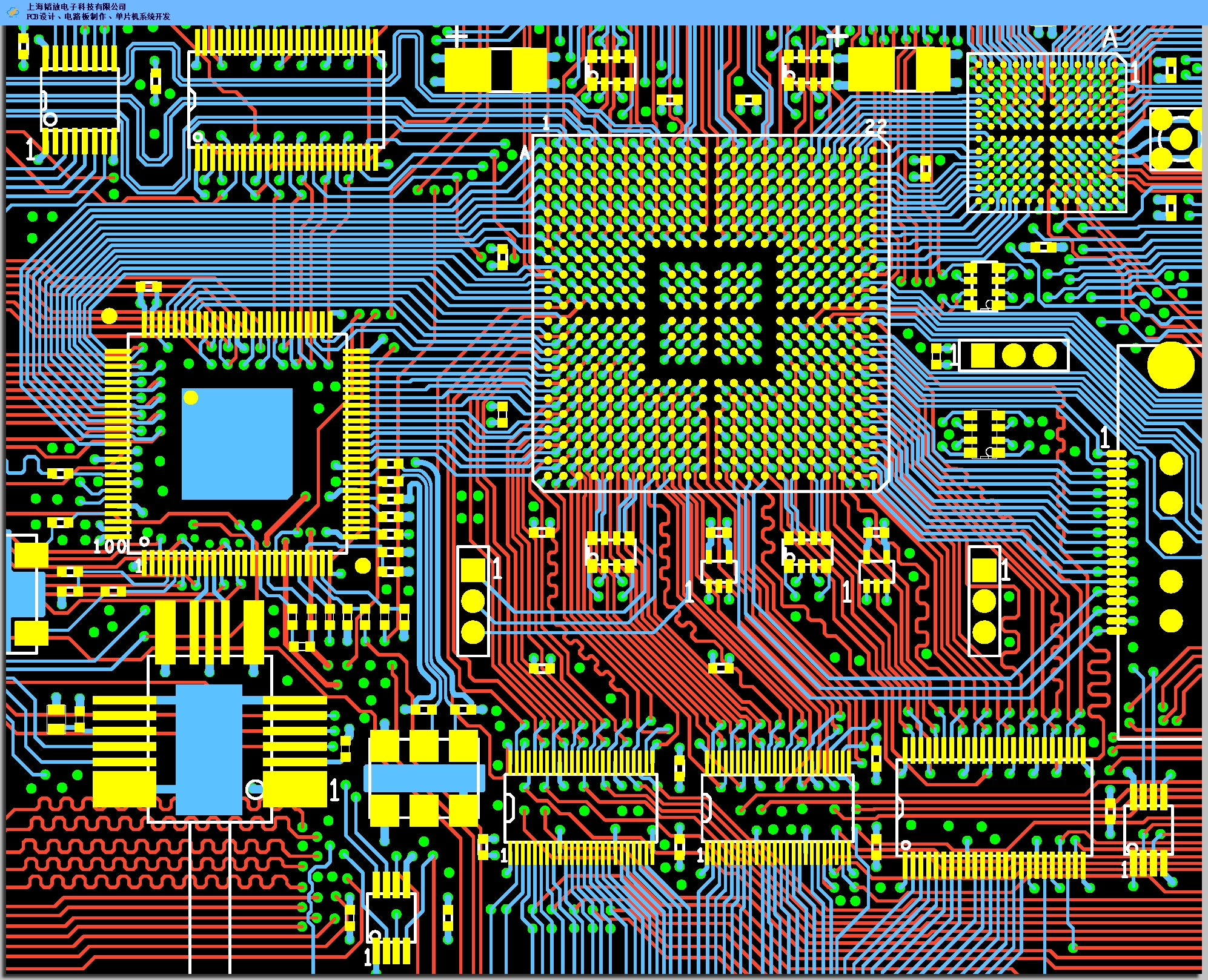QCS For Pcb Assembly
Components Quality control
To make sure the components to be used are good quality, there are several processes that we follow:
1. An overview of the visual electronic components inspection process includes:
* Packaging examined:
-Weighed and checked for damage
-Taping condition inspected-dented package etc.
-Original factory sealed vs. non-factory sealed
* Shipping documents verified
-Country of origin
-Purchase order and sales order numbers match
* Manufacturer P/N, quantity, date code verification, RoHS
* Moisture barrier protection verified (MSL)-vacuum sealed and humidity indicator with specification (HIC)
* Products and packaging (photographed and cataloged)
* Body marking inspection (faded markings, broken text, double print, ink stamps, etc.)
* Physical conditions inspection (lead bands, scratches, chipped edges, etc.)
* Any other visual irregularities found
Once our visual distribution inspection is completed, products are escalated to the next level-electronic components engineering distribution inspection for review.
2. Engineering Components Inspection
Our highly skilled and trained engineers receive the components for evaluation at a microscopic level to ensure consistency and quality. Any suspect parts or discrepancies that are discovered in the visual inspection process will either be verified or discounted by taking a product sampling of the material/parts.
The engineering electronic components distribution inspection process includes:
* Review visual inspection findings and notes
* Purchase and sales orders numbers verified
* Verification of labels (bar codes)
* Manufacturer’s logo and date log verification
* Moisture sensitivity level (MSL) and RoHS status
* Extensive marking permanency tests
* Review and comparison to manufacturer datasheet
* Additional photos taken and cataloged
* Solderibility Testing, the samples undergo an accelerated ‘aging ‘ process before being tested for solderibility, to take into consideration the natural aging effects of storage prior to board- mounting; In addition to the Engineering Components Inspection we have a higher level of inspection under the customer request.
X-Ray Inspection for BGA Assembly
Our automated X-ray inspection systems are able to monitor a variety of aspects of a printed circuit board in assembly production. The inspection is done after the soldering process to monitor defects in soldering quality. Our equipment is able to”see” solder joints that are under packages such as BGAs, CSPs and FLIP chips WHERE the solder joints are hidden. This allows us to verify that the assembly is done right. The defects and other information detected by the inspection system can be quickly analyzed and the process altered to reduce the defects and improve the quality of the final products. In this way not only are actual faults detected, but the process can be altered to reduce the fault levels on the boards coming through. Use of this equipment allows us to ensure that the highest standards are maintained in our assembly.
AOI inspection for SMT
As a primary testing technique in PCB assembly, AOI applies to fast and accurate inspection of errors or defects occurring in PCB assembly process so that high quality of PCB assemblies can be ensured with no defect after their leaving assembly line. AOI can be applied both to bare PCBs and PCB assembly. Here at Shanxu PCB, we mainly apply AOI to inspect SMT (Surface Mount Technology) assembly line and for testing of bare circuit boards,flying probe is used instead.
In Shanxu PCB, AOI equipment is depending on a high-definition camera, this equipment can capture images of PCB surface with the help of numerous light sources. Then, comparison will be made between the captured image and board parameters that have been input into computer in advance so that differences, abnormalities or even errors can be clearly indicated by its built-in processing software. The whole process can be monitored at any second.
AOI is contributive to efficiency improvement because it is placed on SMT assembly line, just after reflow. As soon as some problems are inspected and reported by AOI equipment, engineers can instantly change corresponding parameters in the previous stages of the assembly line so that remaining products will be correctly assembled.
Defects AOI can cover primarily come in soldering and components categories. In terms of soldering, defects can range from open circuits, solder bridges, solder shorts, insufficient solder to excess solder. Component defects include lifted lead, missing component, misaligned or misplaced components.
 中国印刷电路板的内资时代
中国印刷电路板的内资时代
 一些常常引起争议的PCB布线经验法则
一些常常引起争议的PCB布线经验法则
 电池线路板厂如何减少高频PCB电路布线串扰问题
电池线路板厂如何减少高频PCB电路布线串扰问题
 解说2021慕尼黑华南电子展及华南电路板国际贸易采购博览会
解说2021慕尼黑华南电子展及华南电路板国际贸易采购博览会

